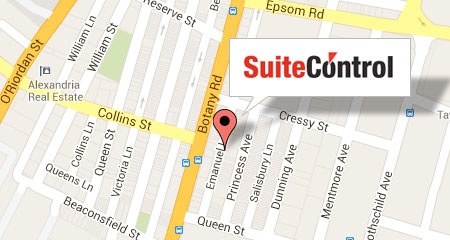Why Does Wine Cause a Stuffy Nose?

This system traps inhaled particles and debris in secreted mucus, which is then propelled up and out of the lung via the escalator-like function of the waves created by beating cilia. Normal mucociliary clearance ensures a sterile environment in the lung below the vocal cords (Laurenzi et al., 1965; Laurenzi et al., 1963; Laurenzi et al., 1961). This is critical for airflow and gas exchange, and prevents the inhalation of airborne infectious particles laden with bacteria, fungi and viruses. Failure of this system results in recurrent bronchitis, pneumonia and airway deformity in the form of bronchiectasis (Noone et al., 2004).

Alcohol Vapor Characteristics in the Airways
As a result, their bodies produce inactive ALDH enzymes that are unable to properly break down the alcohol into acetic vinegar. This incomplete processing of the alcohol can cause the body to does alcohol cause sneezing react by producing symptoms that reflect an allergy to the alcohol. People with this gene deficiency suffer two-fold from allergic symptoms to alcohol.

Health Challenges
Finally, acetate is further broken down into water and carbon dioxide and, voila! You had a long week, and you opened that bottle of wine to help you relax — but instead you wound up with a stuffy nose you now have to deal with. It doesn’t happen to everyone, but those who do get congested after a glass or two know just how much of a buzzkill it can be. If you have any questions or need further assistance, our team at HeyAllergy is here to help. Don’t hesitate to reach out and take the first step towards a healthier, allergy-free life. Book an appointment with HeyAllergy to start your journey towards a better understanding and management of your allergies.

Related Conditions
A true alcohol allergy causes far more serious symptoms and may trigger an anaphylactic reaction – a medical emergency that can cause rapid or weak pulse, fainting, shock, coma and even death. Unlike alcohol intolerance, where the body has difficulty processing alcohol, an alcohol allergy involves an immune system reaction to alcohol or one of its ingredients. Common allergens in alcoholic beverages include grains (like barley, wheat, and rye), yeast, hops, and even sulfites. These include prominent roles for the second messengers calcium and nitric oxide, regulatory kinases including PKG and PKA, alcohol and aldehyde -metabolizing enzymes such as ALDH2.
Risk factors
Two of the normal subjects and 3 of the asthmatic patients had a slight decrease in specific airways conductance with 20% alcohol within 5 minutes of quickly swallowing the whole drink. Higher concentrations of alcohol (60%), when sipped slowly over 5 minutes, resulted in significant increases in airway conductance in 4 of 5 of the asthmatics. This study suggests that while alcohol can immediately trigger an initial small upper airway irritant response, a separate slow bronchodilator effect can be observed in asthmatics. The impact of alcohol on airway mucus represents an understudied area. Only a few studies have examined the effects of alcohol on airway mucus.
- For example, if a bacterial infection causes sneezing, a provider may prescribe antibiotics.
- Sneezing can be annoying, inconvenient and (in some cases) embarrassing.
- In some cases, over-the-counter or prescribed medications might help alleviate symptoms.
- Indeed, the alcoholic with pneumonia as the prototype of the immunocompromized host is well known to every first year medical student (Chomet and Gach, 1967).
- Some think it happens when a light source stimulates a branch of your parasympathetic nervous system.
Alcohol and Airways Function in Health and Disease

This study used data from a cohort of 2,539 community dwelling adults that quantified alcohol intake, smoking, diet and other health factors and measured FEV1 on spirometry. Although unadjusted values indicated obstruction in heavy drinkers compared to light drinkers, alcoholism symptoms the difference disappeared when adjustment was made for cigarette smoking, socioeconomic status, male sex and age. They concluded that there is no evidence for an independent association of alcohol intake on airflow obstruction. Clinicians and physiologists commonly believe that the alcohol present in exhaled air during alcohol consumption comes from alcohol that is vaporized from the alveolar-capillary interface of the pulmonary circulation. Careful studies by George and colleagues show that almost all of the exhaled alcohol is derived from the bronchial and not the pulmonary circulation (George et al., 1996). The unique volatility characteristics of alcohol are informative.








